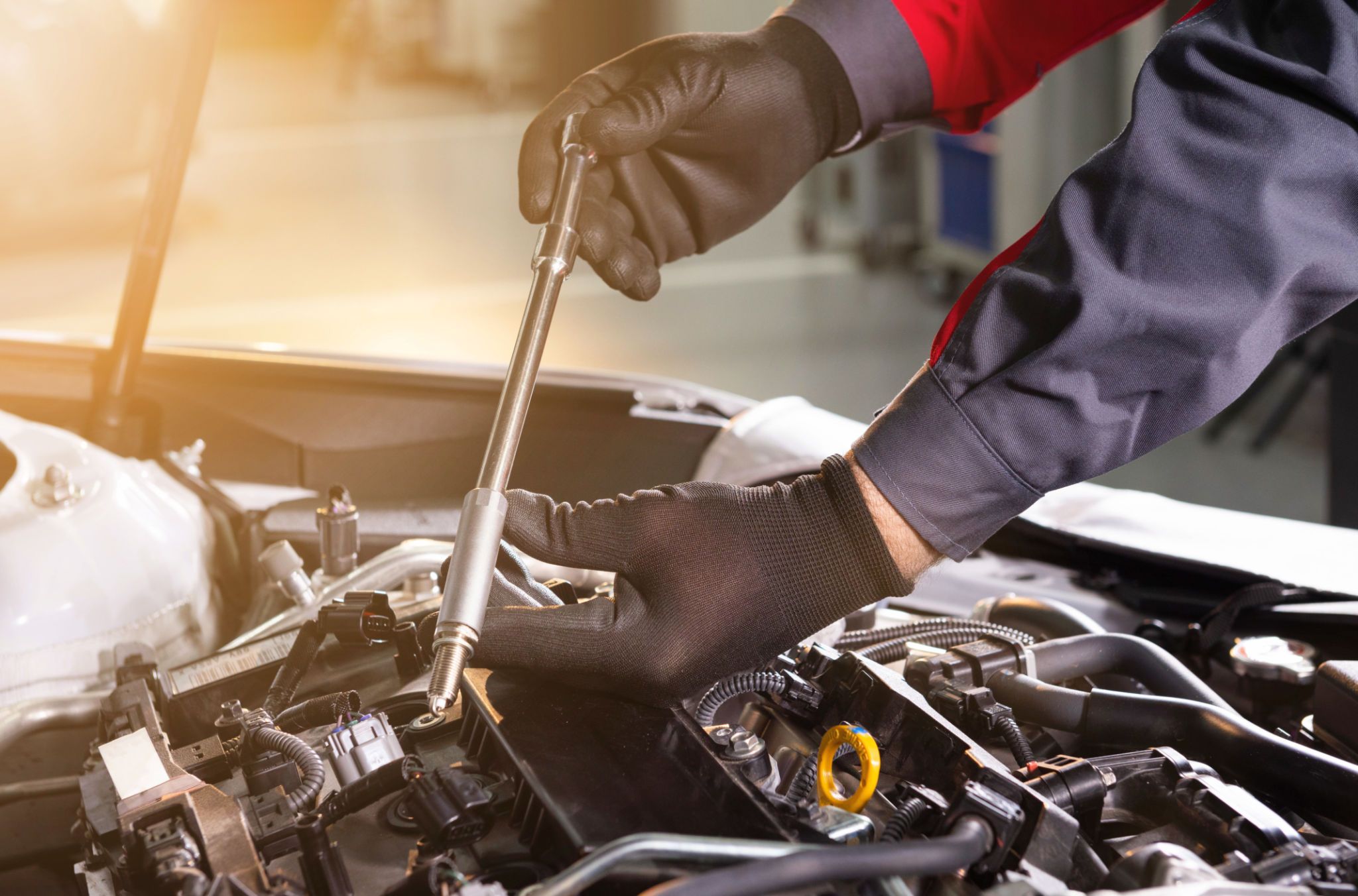Understanding the Ceramic Coating Process: What to Expect
Introduction to Ceramic Coating
Car enthusiasts and owners alike often seek ways to protect and enhance the appearance of their vehicles. One popular solution that has gained traction over the years is ceramic coating. This protective layer offers a variety of benefits, from enhancing the car's shine to providing long-lasting protection against environmental damage. But what exactly is ceramic coating, and what can you expect from the process?

What Is Ceramic Coating?
Ceramic coating is a liquid polymer that is applied to the exterior surfaces of a vehicle, forming a chemical bond with the factory paint. Once cured, it creates a durable and protective layer that enhances the vehicle’s appearance and shields it from various external factors. Unlike traditional waxes or sealants, ceramic coatings are more resilient and can last for several years with proper maintenance.
Benefits of Ceramic Coating
The primary advantage of ceramic coating is its ability to protect against harmful UV rays, which can cause paint to fade over time. Moreover, it provides a hydrophobic effect, making water bead off the surface easily and reducing the chances of water spots or stains. Additionally, ceramic coatings can offer some resistance to minor scratches and chemical stains, keeping your car looking newer for longer.

The Ceramic Coating Process
Understanding the ceramic coating process is essential for setting expectations and ensuring a smooth experience. The process typically involves several key steps:
- Inspection and preparation: Before applying the coating, the vehicle undergoes a thorough inspection to identify any paint imperfections. This step is crucial to ensure that the final result is smooth and flawless.
- Paint correction: If any imperfections are found, a paint correction process is performed. This involves polishing and buffing the surface to remove scratches, swirl marks, or oxidation.
- Application: Once the surface is prepared, the ceramic coating is carefully applied using an applicator pad. The coating then bonds with the paint as it cures.
Post-application Care
After the coating is applied, it's vital to follow specific care instructions to ensure its longevity. Typically, this includes avoiding washing the car for at least a week to allow the coating to fully cure. Regular maintenance with the proper cleaning products will help preserve the coating's effectiveness and appearance.

Choosing the Right Professional
Although some DIY ceramic coating kits are available, having a professional apply it can often yield better results due to their expertise and access to high-quality products. When selecting a professional service, consider their experience, customer reviews, and the types of products they use.
Cost Considerations
The cost of ceramic coating can vary significantly based on several factors, including your vehicle's size, condition, and the level of service you choose. While it may seem like a significant upfront investment, many car owners find that the long-term benefits and reduced maintenance costs make it worthwhile.

Conclusion
Ceramic coating offers an excellent way to protect your vehicle while maintaining its showroom shine. By understanding the process and choosing the right professional service, you can enjoy the benefits of a protected and aesthetically appealing vehicle for years to come. Whether you're a car enthusiast or simply someone who wants to keep their car looking its best, ceramic coating is an option worth considering.
